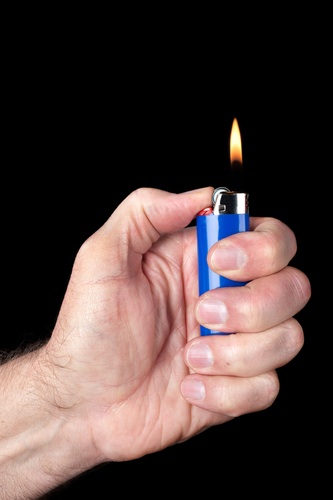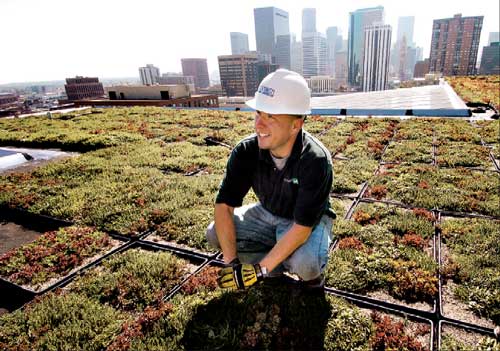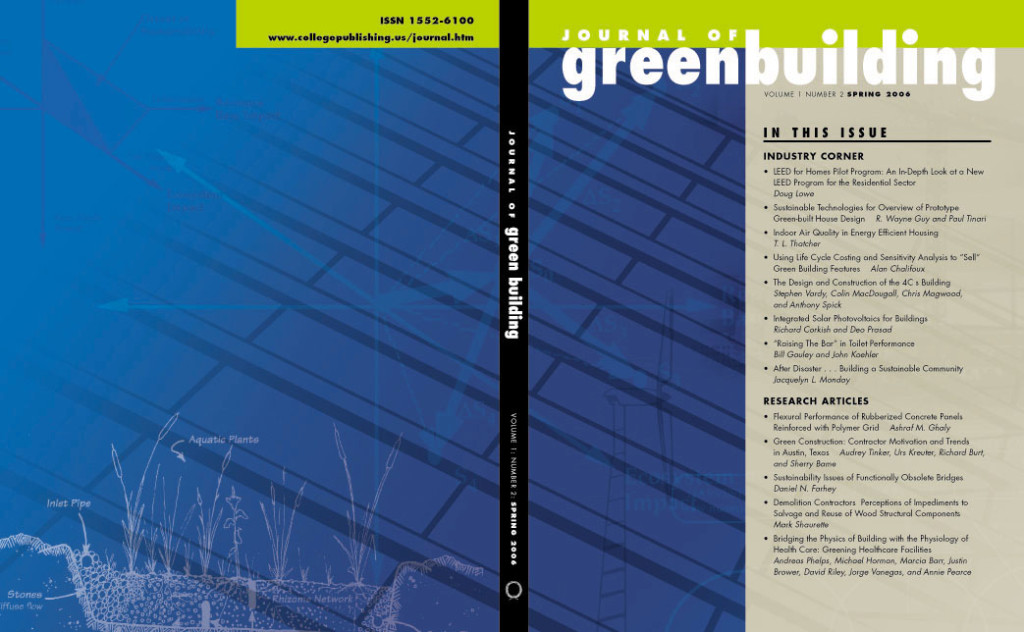Part 7 in a series on planned obsolescence
Too much of a good thing will sometimes get dressed for the party wearing the wrong clothes. The most significant difficulty with disposable plastic has nothing to do with its practicality or usefulness – as it happens to be remarkably useful in a stunning number of formulations – but with what remains it leaves behind when all is said and done. The leftovers from thousands of billions of plastic products happen to be remarkably easy to toss with nary a second thought.
This evolution of planned obsolescence into smartly designed disposable products creates at least two notable problems: first, nobody has yet concocted any solution for how to get rid of these various polymers once they’re done with; second, because these plastics hail from the fossil fuel supply chain, their availability as a raw material is finite and will continue to shrink, like cousins gasoline and jet fuel. Sadly, we are discovering that a majority of ingredients comprising the modern world’s products are a far cry from being sustainable.
The value proposition for the disposables industry (my name) is awesome; its product chain seems virtually unlimited, meeting human needs that include everything from the simple to the sublime. Start with the zip-seal Baggies we use for keep food fresh and protect it from outside contamination to a long list of automobile and aviation parts, add to this thousands of robotic and computer housings, and a few hundred-billion valued pharmaceutical and laboratory dispensers. From both economic and materials perspectives, few materials are even capable of competing for a slice of the disposables’ market pie.
Place the value proposition of the disposables world momentarily aside to consider the daunting problem of how the world handles its waste plastic or disposes of it. There is, in fact, really no such thing as throwing something away; it either gets hidden somewhere or reused somehow.
For all of their collective brilliance, most engineers and industrial designers – or their supervisors – have not been well instructed about sustainability. And nobody yet has figured out what to do with all these leftover petrochemical compounds on any meaningful scale. There is a negligible amount of PET soda and water bottles that ultimately get tossed and recycled into fabrics. But that only accounts for a little over 20 percent of more than 34.6 billion plastic bottles used in the U. S. alone in 2010. Of the almost 80 percent remaining, the items either got tossed in the trashcan or became litter. Unlike soda bottles of old, there is no return deposit waiting when customers return a used bottle in most states, and nothing at all for a Styrofoam cup or trendy designer bag. According to the Container Recycling Institute, our 11 states that require small, refundable deposits on water bottles and other beverage containers recycle 490 beverage containers per capita annually, compared to 191 per capita in the remaining 39 states.
The sobering reality of plastics waste is further complicated because of the many different chemical formulations used in developing varied polymer materials, from pop bottles to disposable diapers to thief-proof packaging, and everything else in-between.
One reason we see little of the impact or scale from our non-sustainable waste is because the pollutant effect rarely impacts us directly. We do not see, swim, or fish in the Pacific Ocean where a powerful gyre, or circular motion, has now amassed enough waste plastic from the disposables world to outsize the state of Texas. This whirling gyre has been aptly dubbed the “trash vortex” – fed by more than 7 billion customers.
This new iteration from the world of planned obsolescence/disposables has sent a run of products off the line that are presently irreplaceable, based on their cost and non-sustainable, but easy availability.
This may serve as a call for innovative plastics and chemical engineers with plans for raw materials from the waste bin.
Photos: disposable lighter and waste bins from Shutterstock
About this report: The following series on planned obsolescence is taken from a book Glenn Meyers presently writing, “The Growth Quotient.” Here is an archive of these posts:
- The Greatest Invention: Planned Obsolescence – Part 1
- The Freight Train for Planned Obsolescence Jumps to High-Speed Tracks – Part 2
- Moore’s Law & Planned Obsolescence Construct a Technology Traffic Jam: Part 3
- Planned Obsolescence & the Bubble That Burst: Part 4
- Unplanned Obsolescence & the Texas Back Roads: Part 5
- Planned Obsolescence and the Bic Effect – Part 6
- The Evolution of Planned Obsolescence: Innovation’s Litter – Part 7





